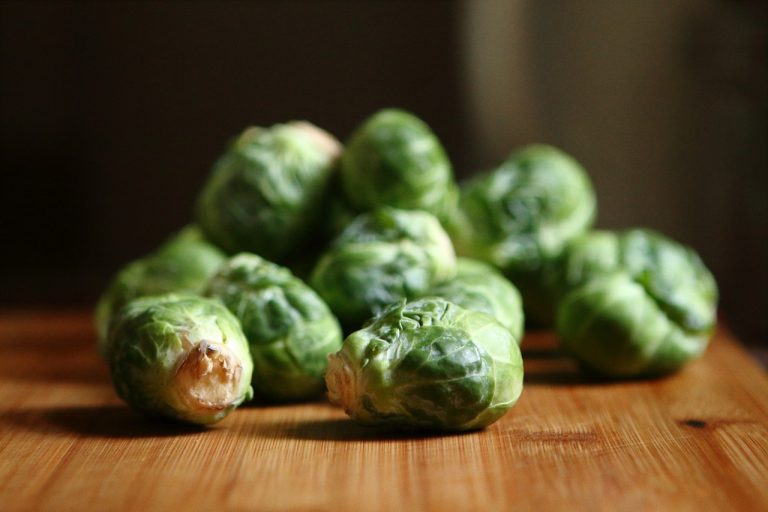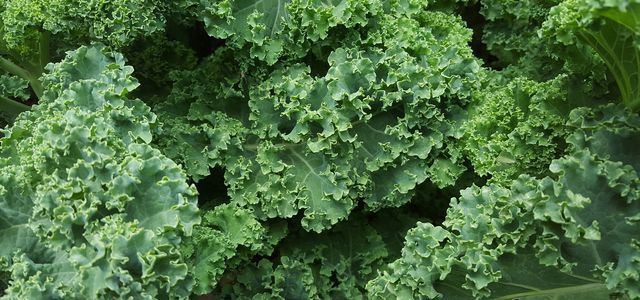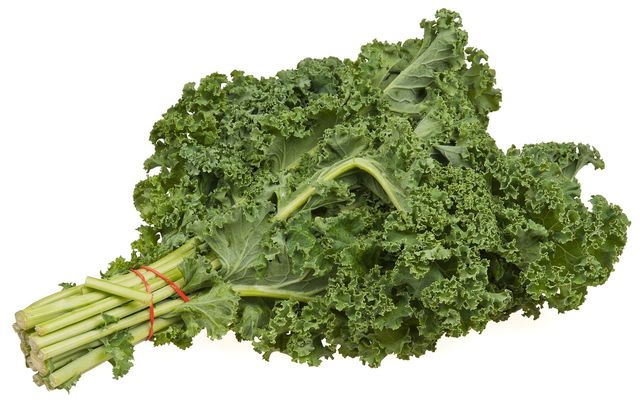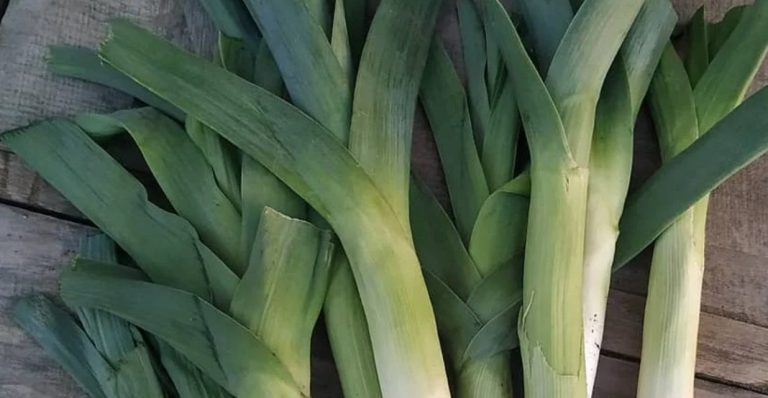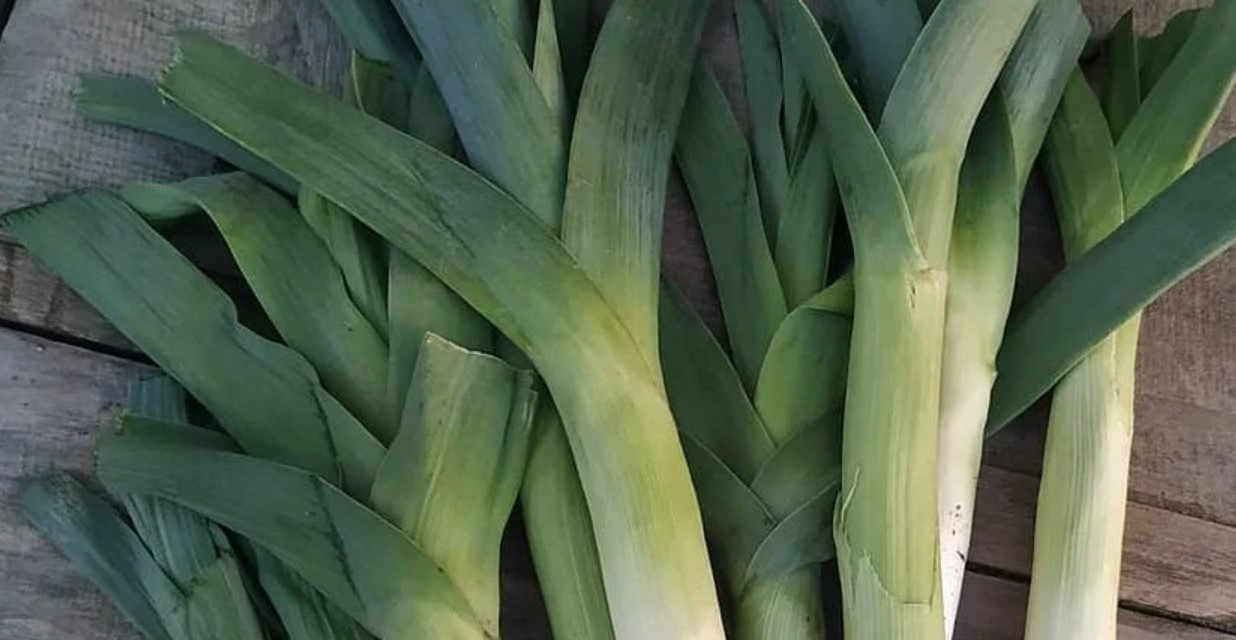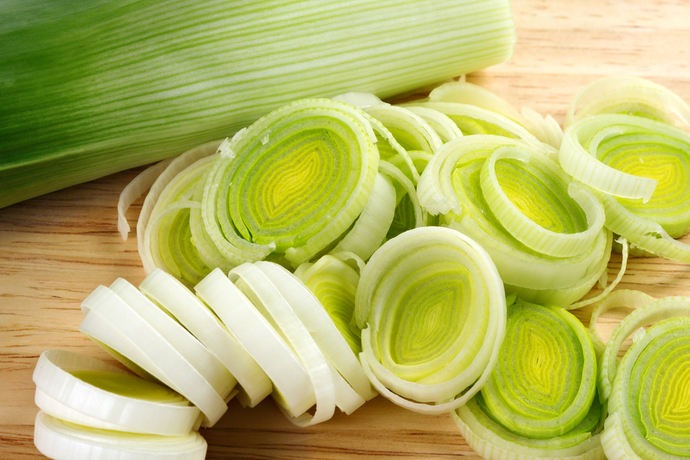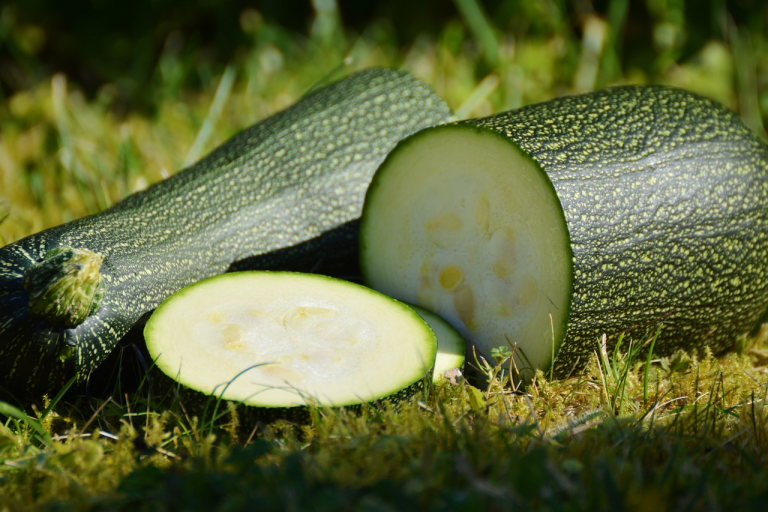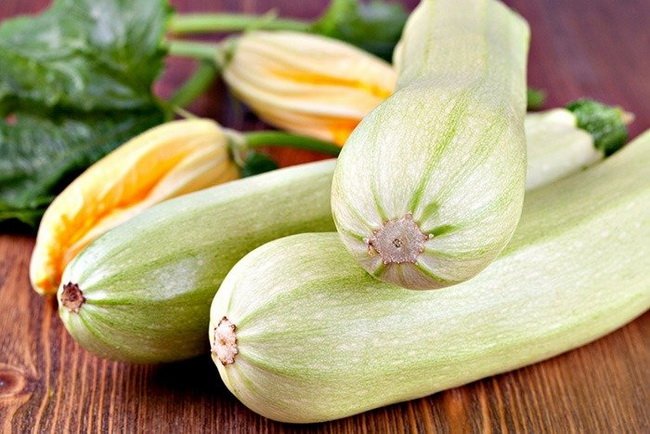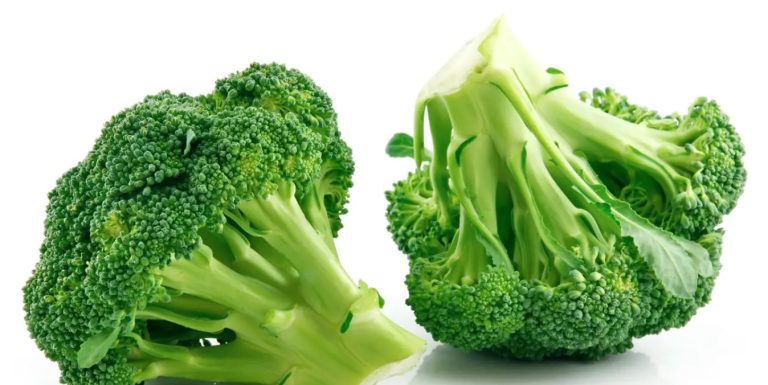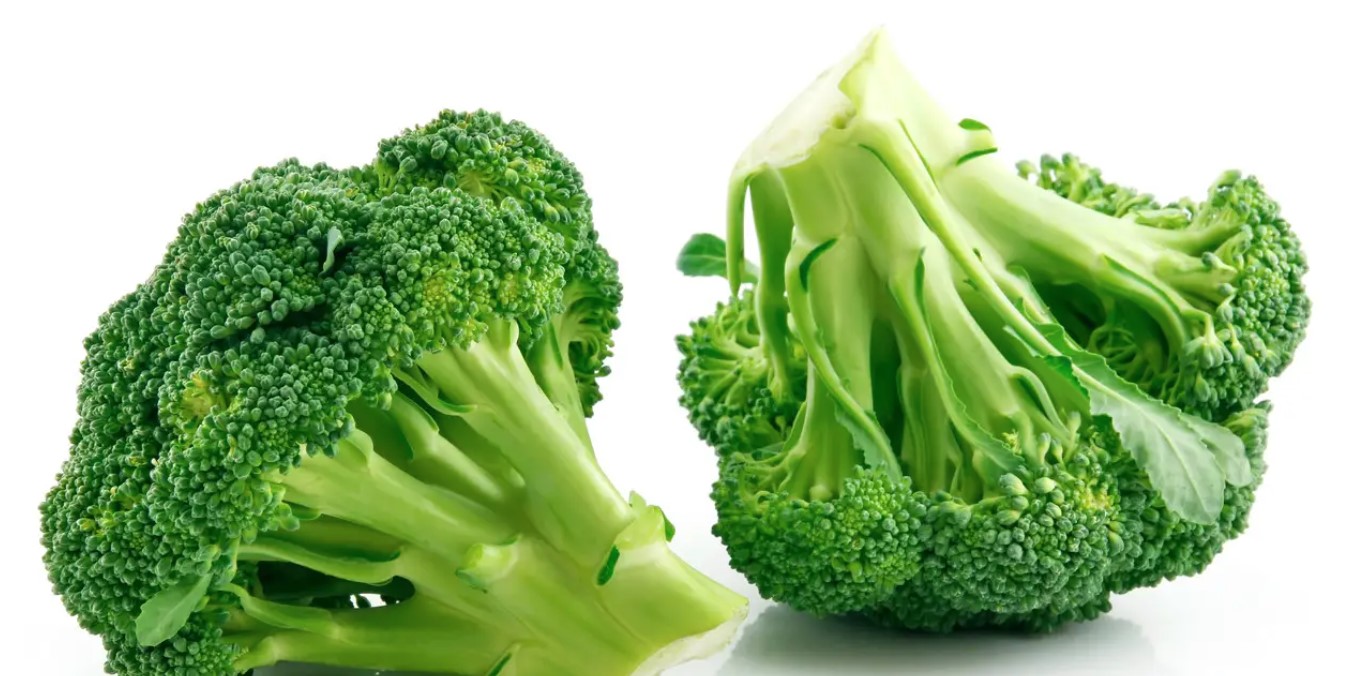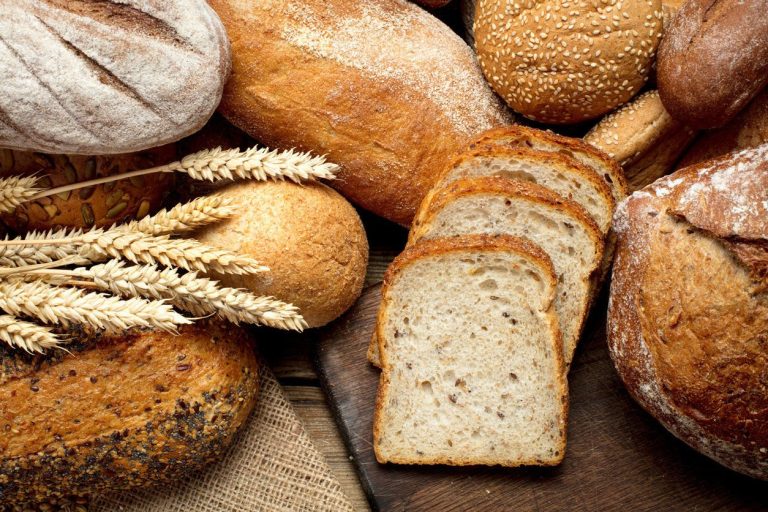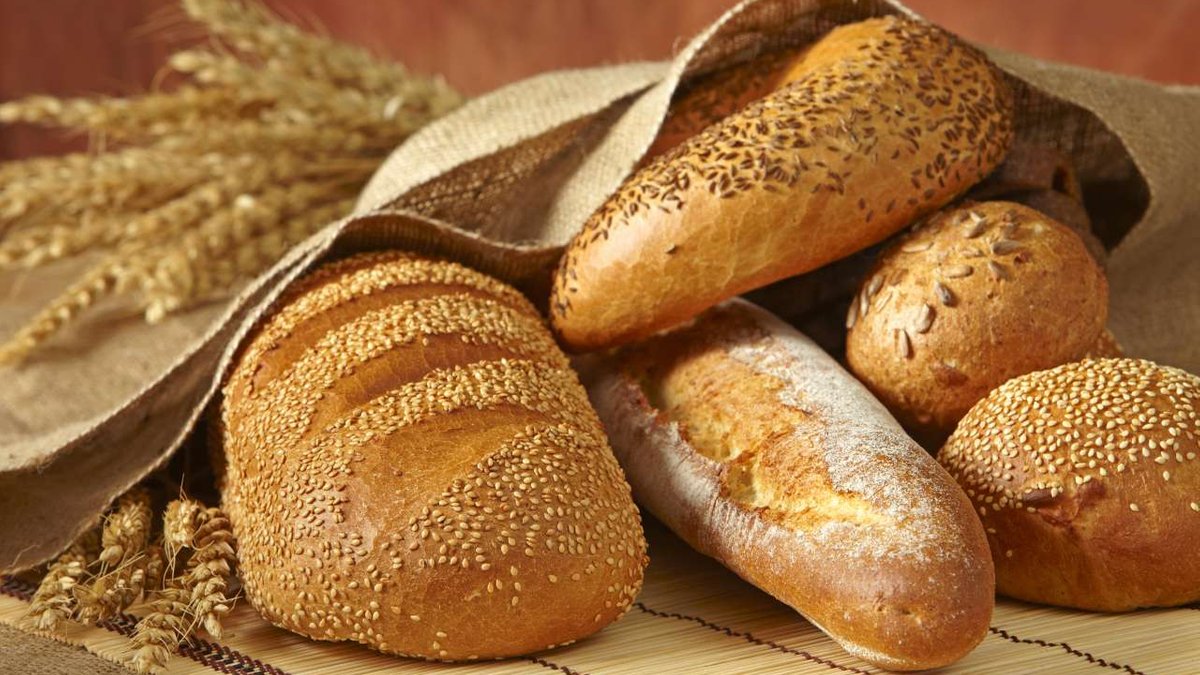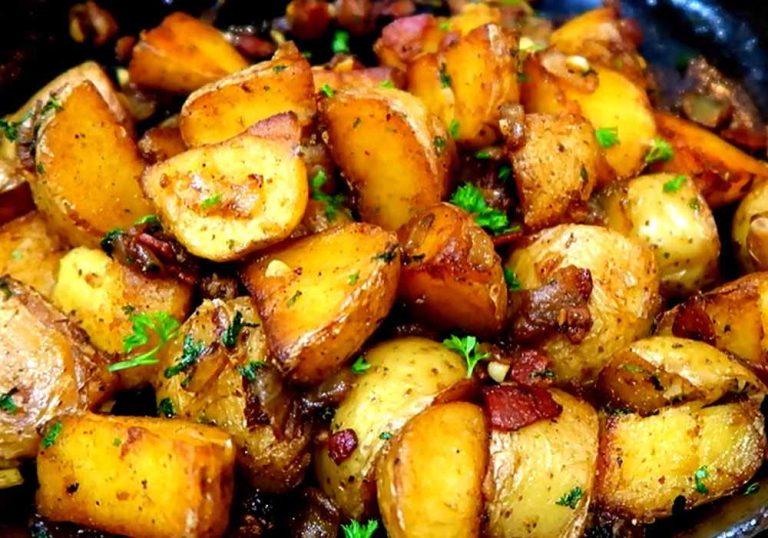Can ice cream go bad? This question is important both the next time you visit the ice cream parlor and for ice cream in your own freezer. We explain how you can extend the shelf life of ice cream and what you should pay attention to before consuming it.
Whether as a ball of ice cream in a cone, as a bar or on a stick: ice cream is particularly popular in summer. But can ice cream go bad? Here you can find out when you should stop eating the popular candy and what role the cold chain and best-before date play in this.
What role does the cold chain play?

Maybe you know it: You just bought an ice cream in the supermarket and were stopped on the way home. Suddenly you realize you’ve been carrying the fresh ice cream around with you for an hour in the heat. Can ice go bad if the cold chain has been broken for so long?
If you transported the ice in a cooler or in a special cooler bag, you may be lucky. But: Just to be on the safe side, check whether your ice cream is still good. If ice crystals have formed on the surface, this is a clear indication of an interrupted cold chain. In this case, you should not refreeze the ice cream. This is because germs can easily develop that can cause food poisoning.
Even if you have stored the ice cream in the freezer at home, you should still pay attention to the cold chain. It is best to fill smaller portions of ice cream into a bowl instead of leaving the whole pack out for a long time. Make sure to use a clean spoon or ice cream scoop for this.
Can ice go bad in the freezer?
If the cold chain is maintained throughout, you don’t have to worry. In this case, ice will last for many months. Of course, there is also a best-before date for ice cream. But you don’t necessarily have to stick to it. As a rule, you can still eat ice cream after a week has passed.
It’s best to do a little “taste test”: If your ice cream tastes fresh, it’s still edible. On the other hand, if it tastes slightly sour or has a different consistency, you should better dispose of it.
Tips for the ice cream parlor on the shelf life of ice cream
You can also easily recognize good ice cream in the ice cream parlor with a few tips. If you like to get vanilla ice cream at the ice cream parlor around the corner, next time you should take a closer look at the ice cream parlor. Is the water in the scoop clear or stale? Are the ice tubs clean? Does the ice cream itself look smooth and creamy? These indicators already tell you whether the ice cream is good or whether it could be contaminated.
A clear red flag that indicates “bad” ice is a friable surface. Then you can be sure that the ice has definitely been thawed before. The risk is great if you ingest germs and pathogens with the ice cream.
Make ice cream yourself

If you want to be on the safe side, you can of course prepare the frozen candy yourself. Then you can also be sure that there are no additives (such as flavor enhancers or preservatives and colorings) in the ice cream. However, even with the homemade varieties, make sure to use up the dessert quickly after the cold chain has been broken. Put ice cream that you don’t need back in the freezer as quickly as possible and use clean utensils to serve.



